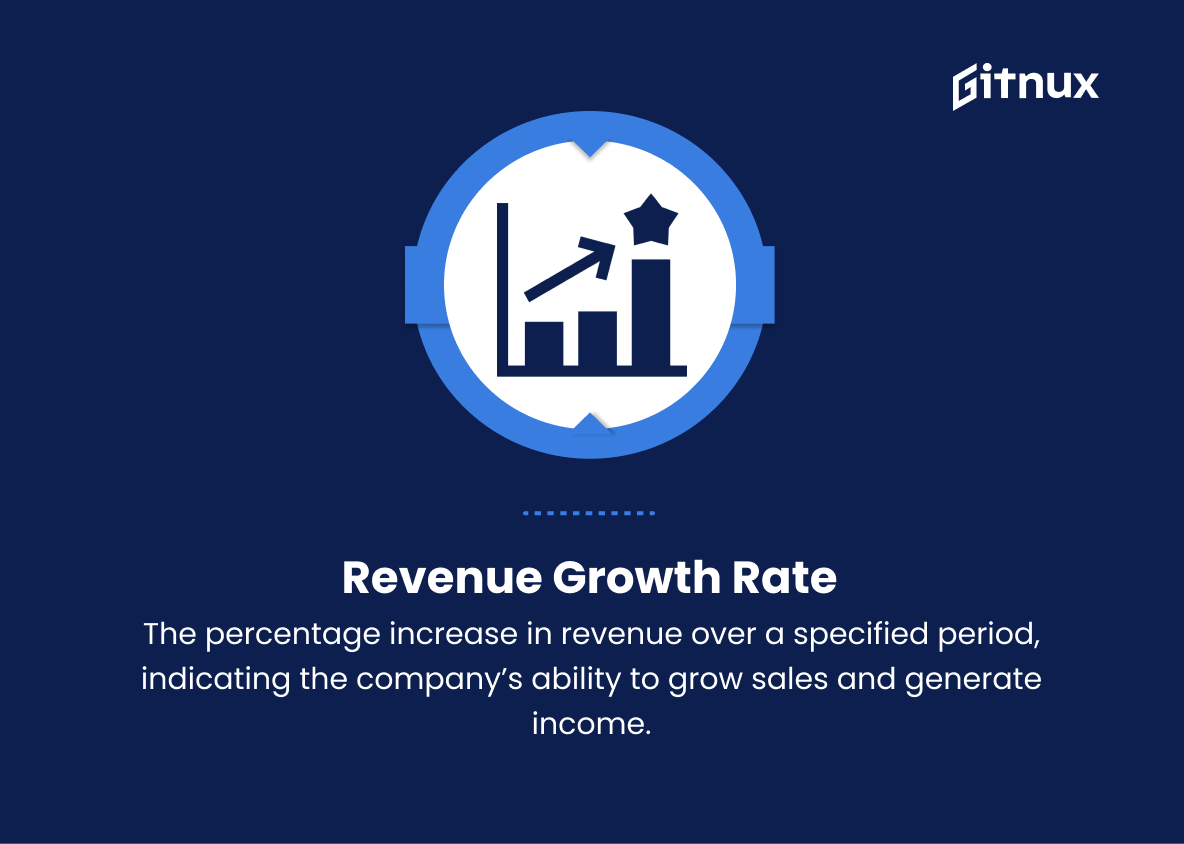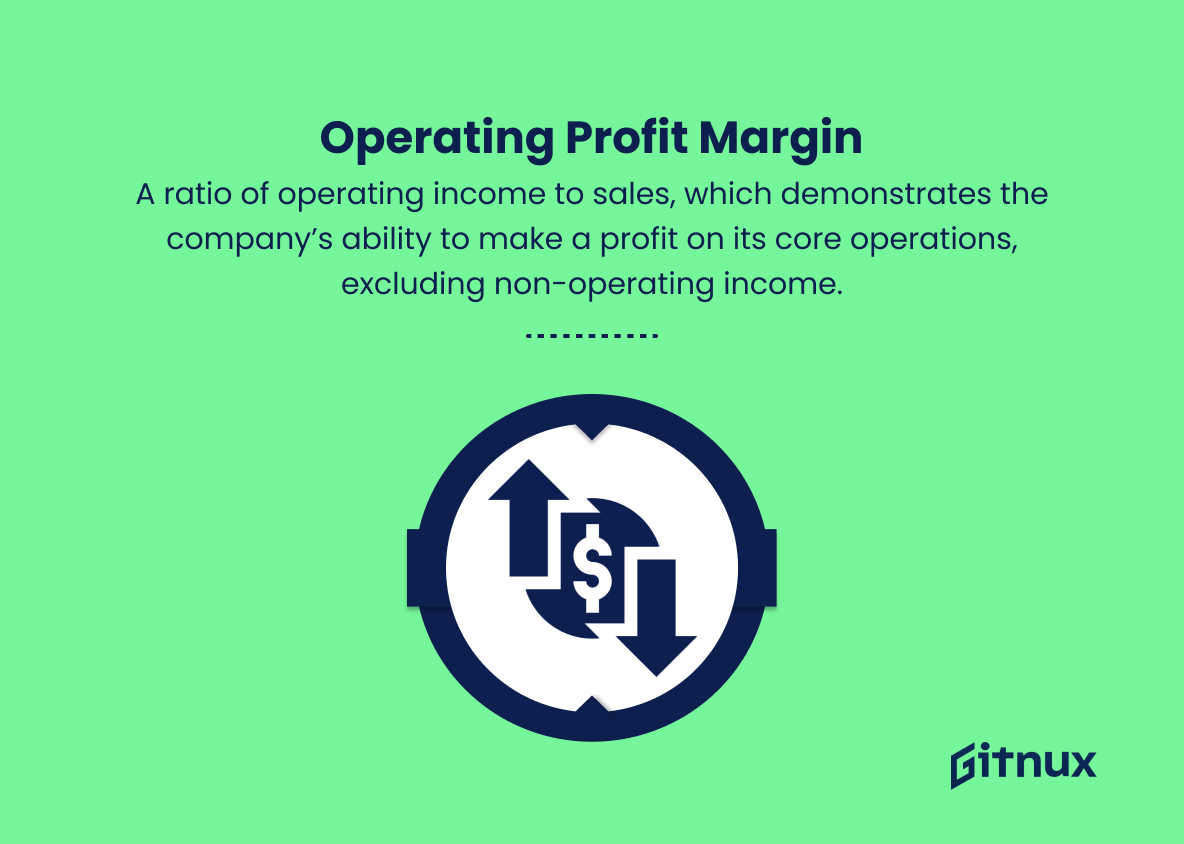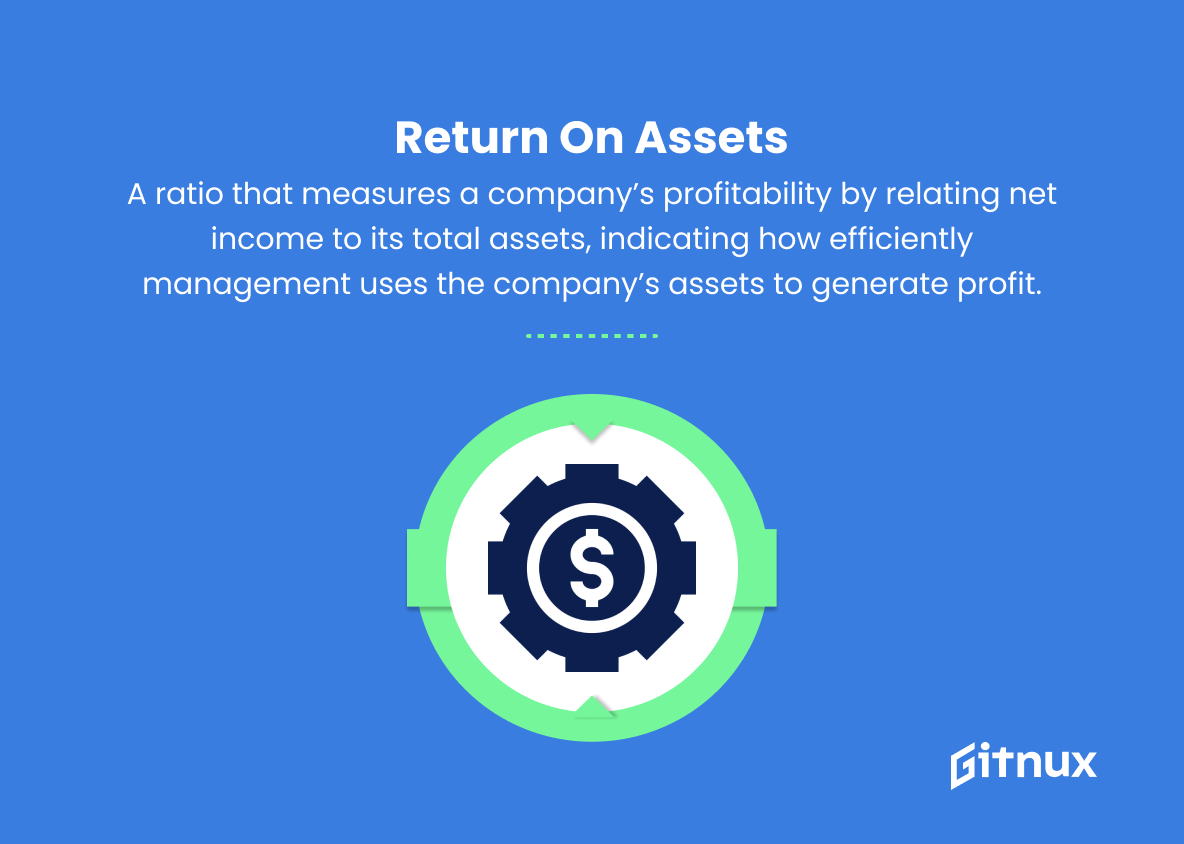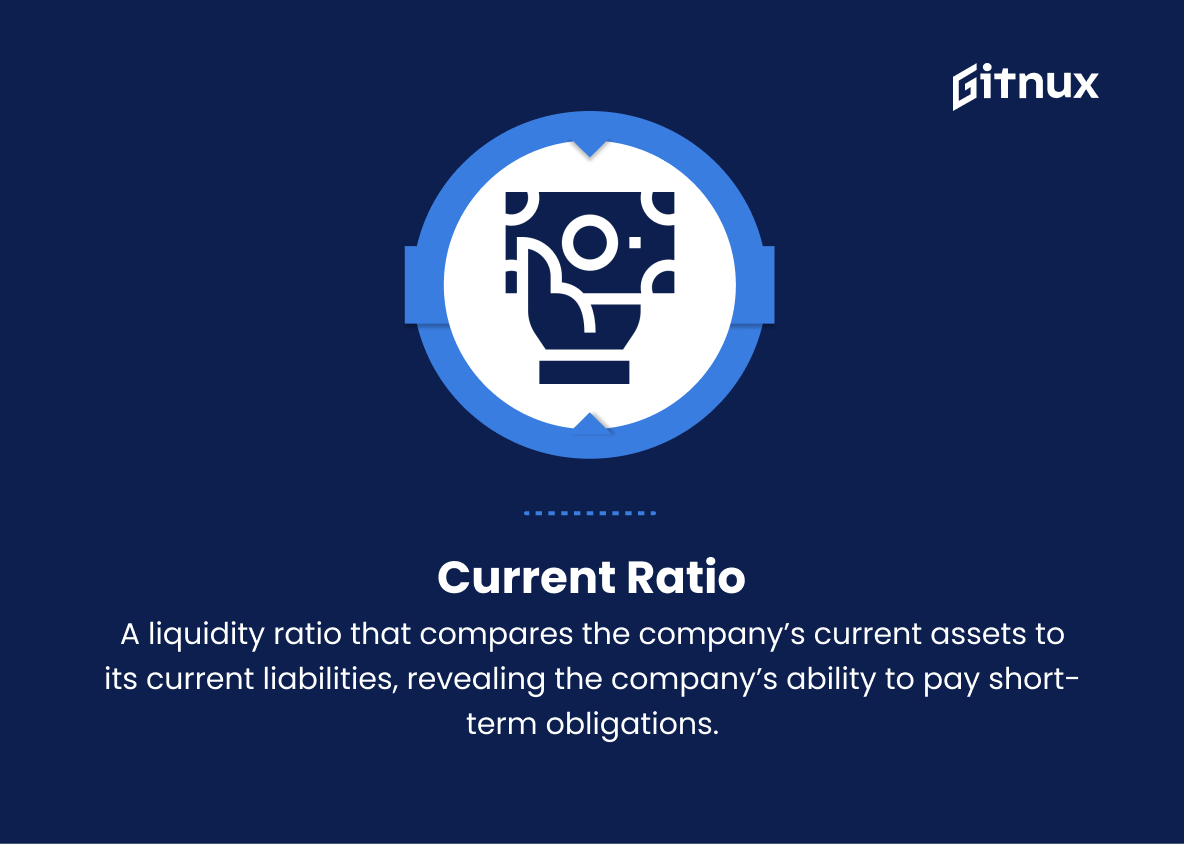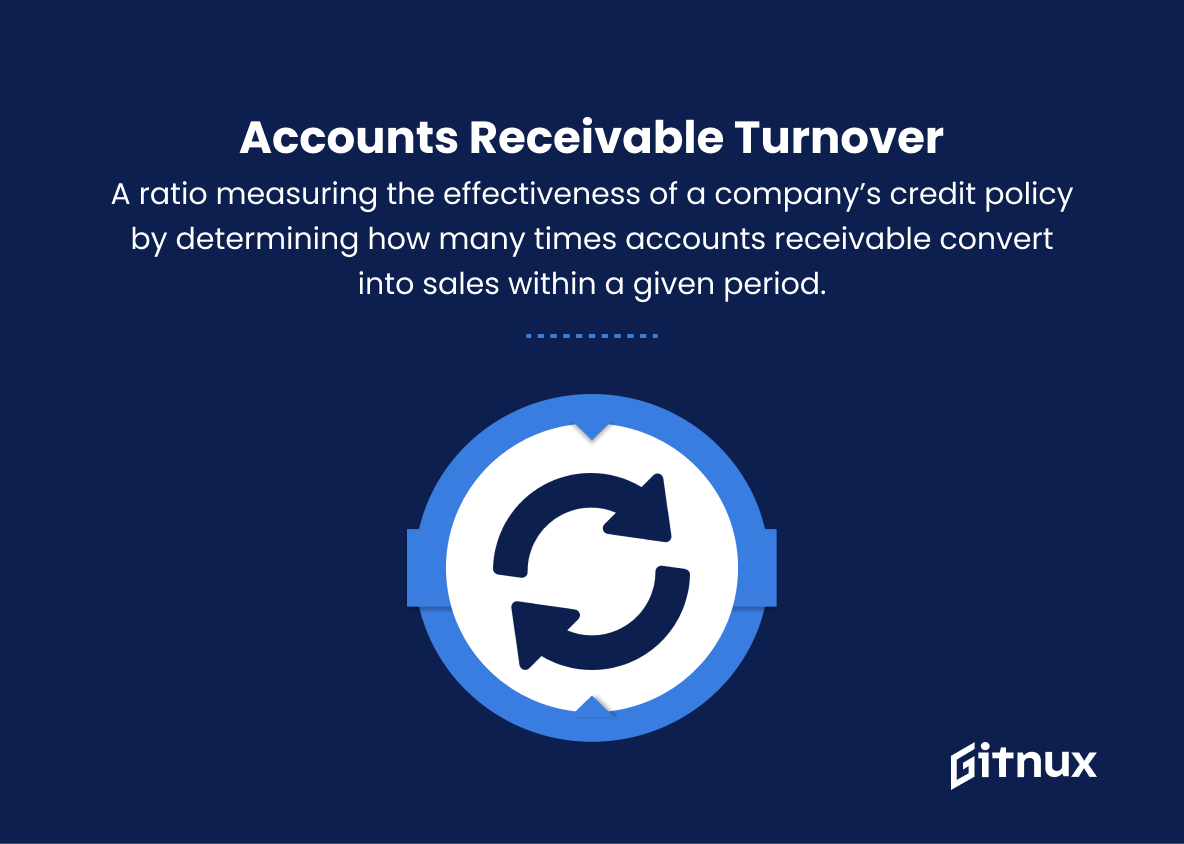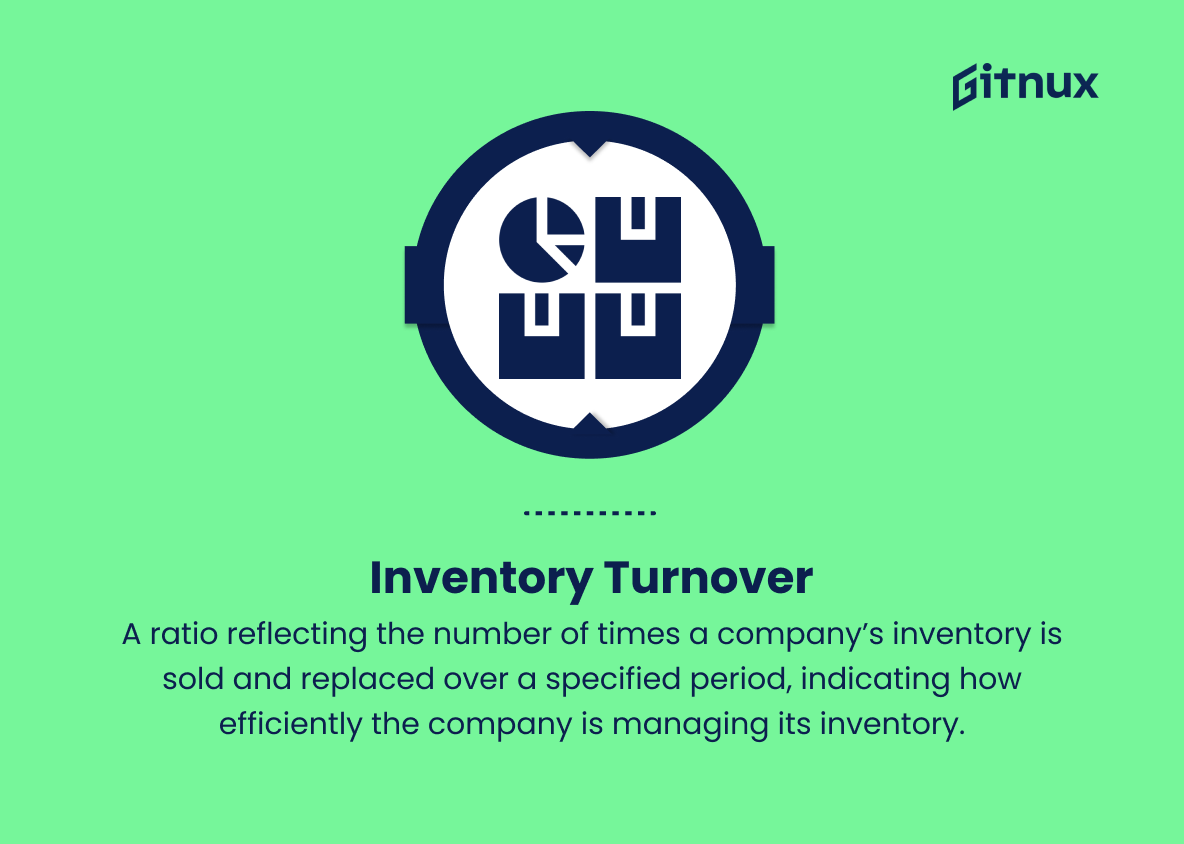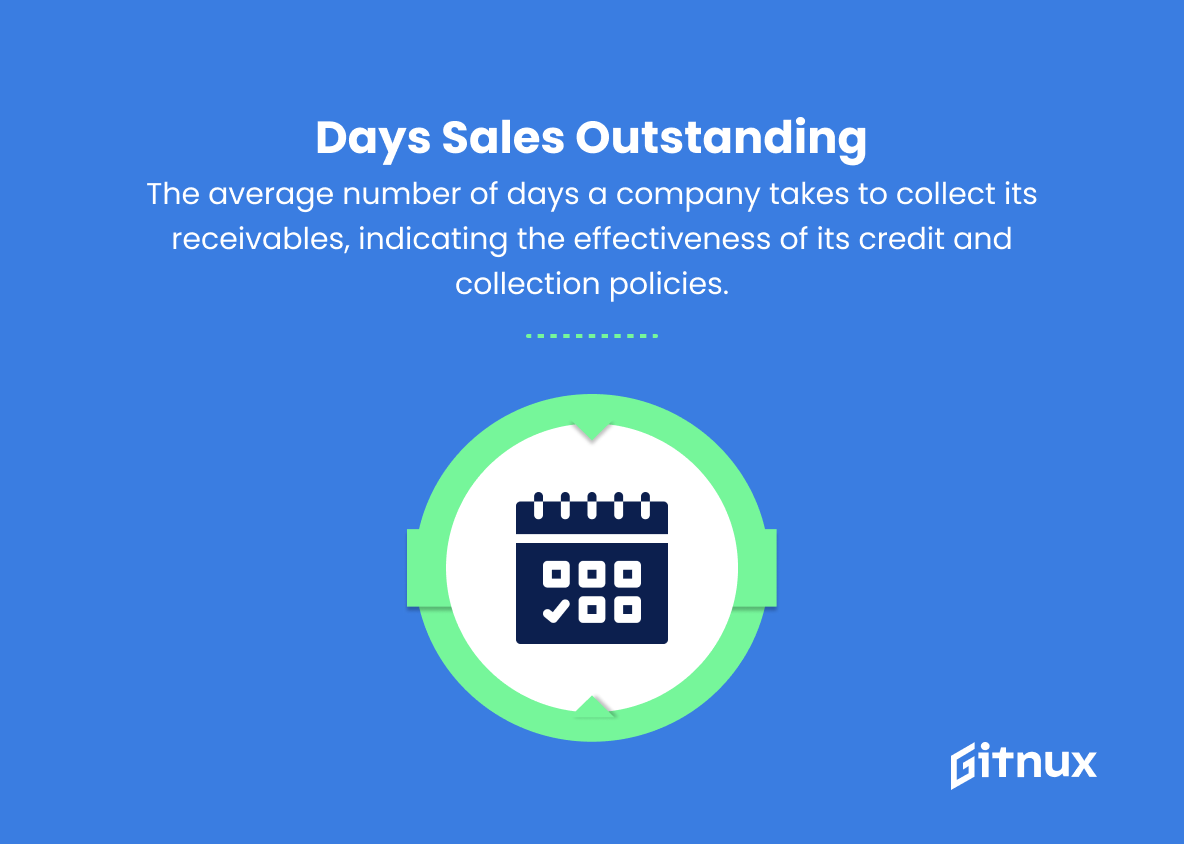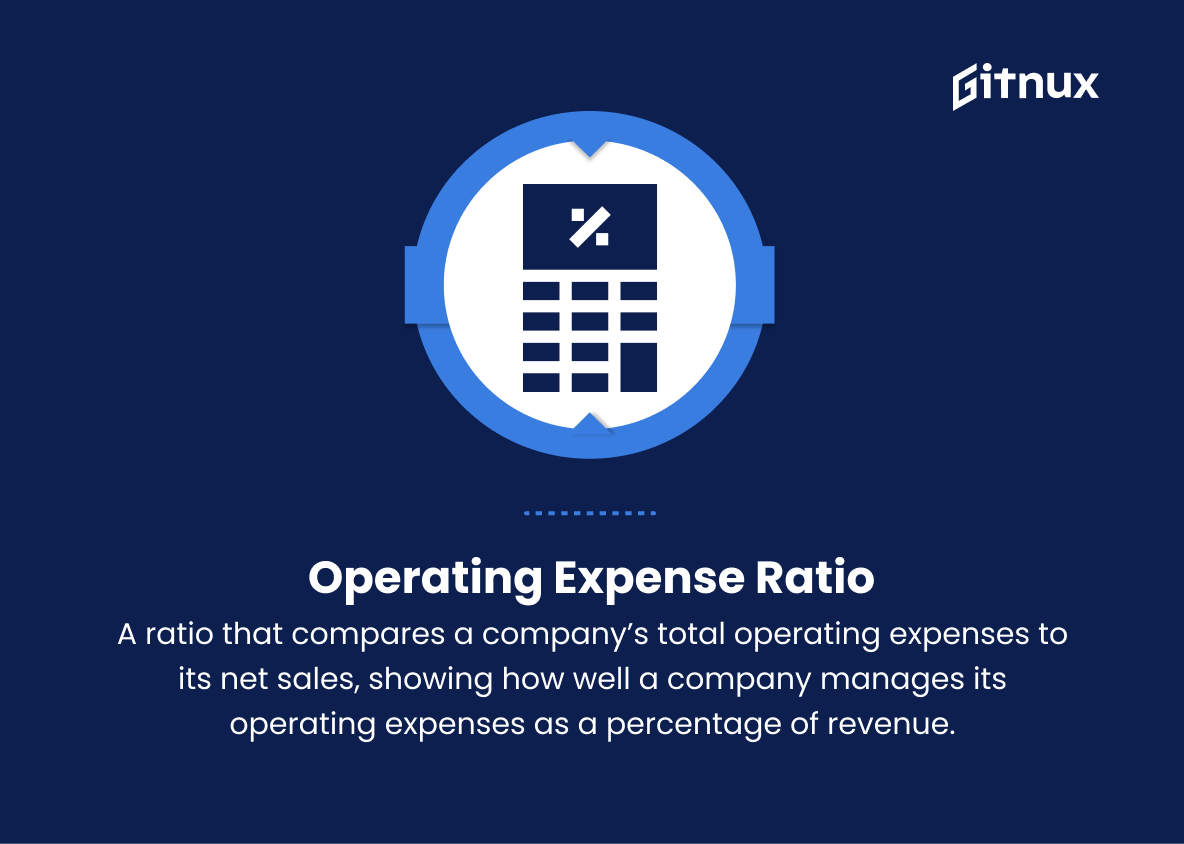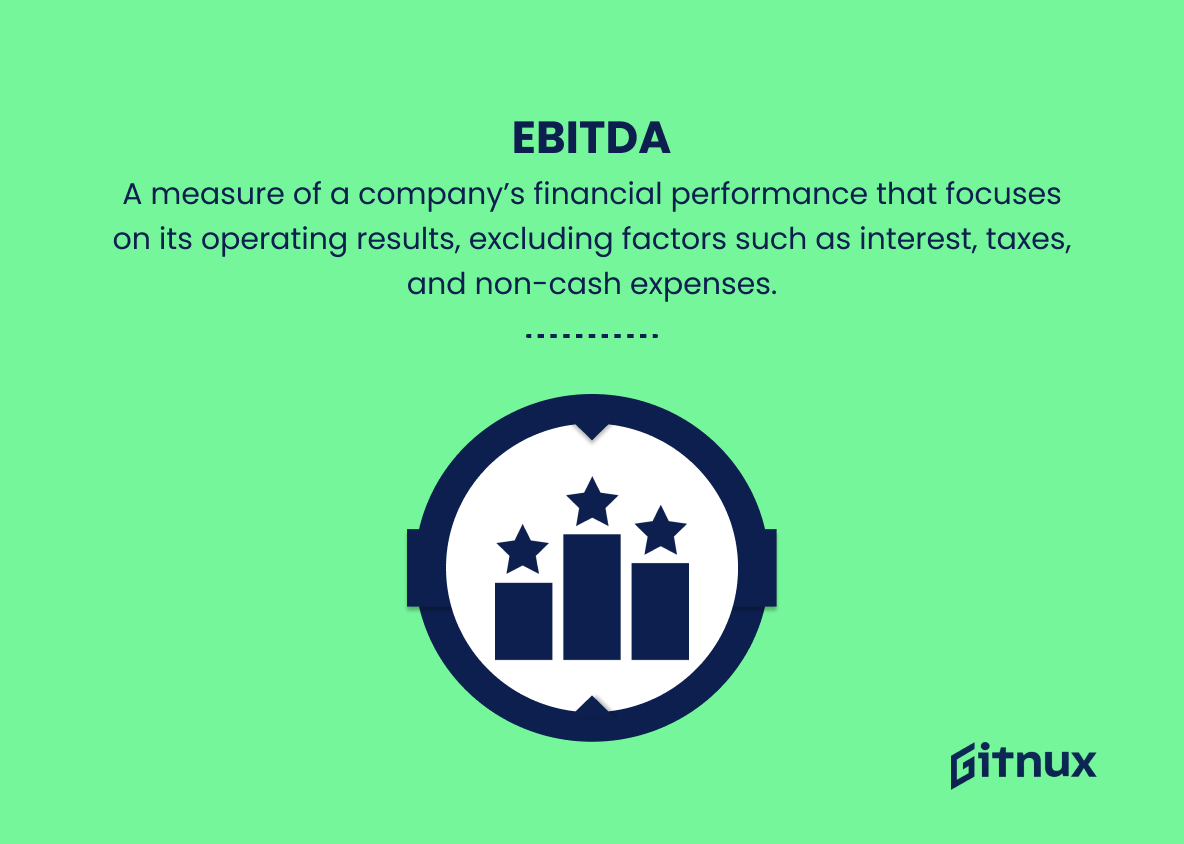In today’s increasingly competitive and dynamic global economy, businesses need to closely monitor their financial performance to not only survive, but thrive. Finance Key Performance Indicators (KPIs) serve as invaluable tools that provide measurable insights and facilitate intelligent decision-making for financial growth and sustainability.
In this blog post, we will delve into the importance of finance KPIs, discuss the most critical ones to track, and provide guidance on how to effectively analyze and utilize them to elevate your organization’s financial health and drive long-term success.
Finance KPIs You Should Know
1. Revenue Growth Rate
The percentage increase in revenue over a specified period, indicating the company’s ability to grow sales and generate income.
2. Operating Profit Margin
A ratio of operating income to sales, which demonstrates the company’s ability to make a profit on its core operations, excluding non-operating income.
ROE measures a company’s profitability by dividing net income by shareholders’ equity3. Gross Profit Margin
A percentage calculated by dividing gross profit by total revenue, illustrating the company’s efficiency in producing and selling goods and services.
4. Net Profit Margin
The ratio of net income to total revenue, indicating the proportion of revenue left over after accounting for all expenses, taxes, and interest payments.
5. Return on Equity (ROE)
A ratio that measures a company’s profitability by dividing net income by shareholders’ equity, indicating how effectively management is utilizing the company’s equity to generate profits.
6. Return on Assets (ROA)
A ratio that measures a company’s profitability by relating net income to its total assets, indicating how efficiently management uses the company’s assets to generate profit.
7. Current Ratio
A liquidity ratio that compares the company’s current assets to its current liabilities, revealing the company’s ability to pay short-term obligations.
8. Quick Ratio
Also known as the acid-test ratio, it measures a company’s ability to meet short-term financial obligations without relying on inventory sales by comparing liquid assets to current liabilities.
9. Debt-to-Equity Ratio
A leverage ratio that compares the company’s total debt to its total shareholders’ equity, reflecting the company’s ability to meet its long-term debt obligations.
10. Accounts Receivable Turnover
A ratio measuring the effectiveness of a company’s credit policy by determining how many times accounts receivable convert into sales within a given period.
11. Inventory Turnover
A ratio reflecting the number of times a company’s inventory is sold and replaced over a specified period, indicating how efficiently the company is managing its inventory.
12. Days Sales Outstanding (DSO)
The average number of days a company takes to collect its receivables, indicating the effectiveness of its credit and collection policies.
Total Shareholder Return is a measure of the total return an investor receives from a stock, including capital gains or losses and dividends, providing insight into how effectively a company creates value for its shareholders.13. Operating Expense Ratio
A ratio that compares a company’s total operating expenses to its net sales, showing how well a company manages its operating expenses as a percentage of revenue.
14. Earnings Before Interest, Taxes, Depreciation, and Amortization (EBITDA)
A measure of a company’s financial performance that focuses on its operating results, excluding factors such as interest, taxes, and non-cash expenses.
15. Total Shareholder Return (TSR)
A measure of the total return an investor receives from a stock, including capital gains or losses and dividends, providing insight into how effectively a company creates value for its shareholders.
Finance KPIs Explained
Finance KPIs matter as they offer critical insights into a company’s performance, efficiency, and stability. Metrics such as Revenue Growth Rate and Operating Profit Margin help gauge a company’s ability to generate income and make a profit on its core operations. Gross Profit Margin, Net Profit Margin, Return on Equity (ROE), and Return on Assets (ROA) indicate a company’s profitability and management’s effectiveness in utilizing assets and equity to drive profits.
The Current Ratio, Quick Ratio, and Debt-to-Equity Ratio provide insight into a company’s liquidity and ability to meet short and long-term obligations, while Accounts Receivable Turnover, Inventory Turnover, and Days Sales Outstanding (DSO) assess the efficiency of credit, inventory, and collections policies. The Operating Expense Ratio illustrates management’s control over operating expenses, while Earnings Before Interest, Taxes, Depreciation, and Amortization (EBITDA) provide a snapshot of a company’s financial performance, disregarding factors such as interest, taxes, and non-cash expenses.
Lastly, Total Shareholder Return (TSR) delivers an essential measure of the total return provided to investors, encapsulating the company’s effectiveness in generating value for its shareholders.
Conclusion
In summary, financial KPIs provide invaluable insights and help businesses make informed decisions to ensure continual growth and long-term stability. By meticulously monitoring these KPIs, companies can identify areas of strength and weakness, and proactively address any potential issues that may arise. It becomes increasingly vital to prioritize the use of these performance indicators as businesses grow, compete, and evolve in today’s dynamic financial environment.
So, embrace the power of finance KPIs, tailor them to the unique needs of your organization, and garner data-driven clarity to steer your company towards sustained success.
